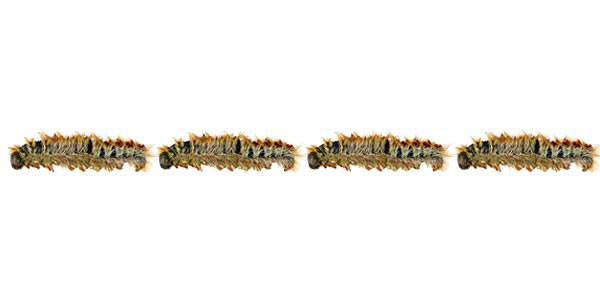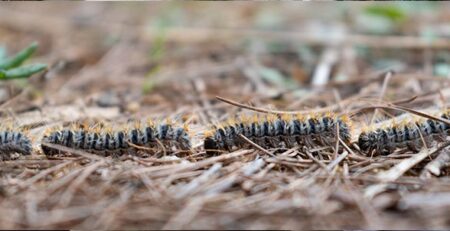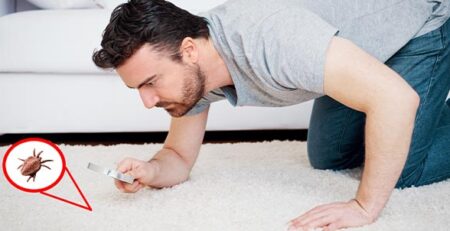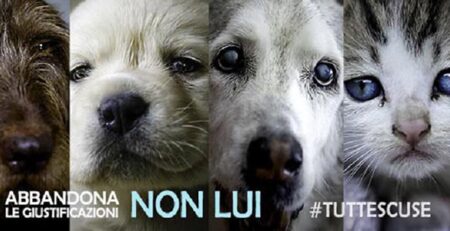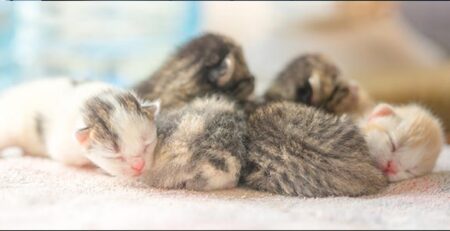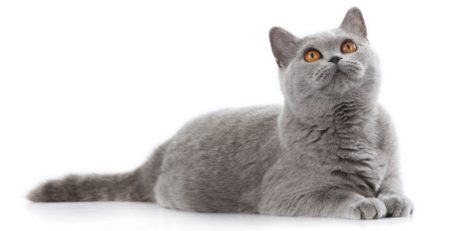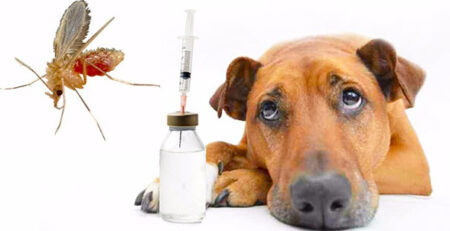Table of Contents
The processionary moth, a lepidopteran insect belonging to the family Notodontidae, is a highly destructive insect that during the larval stage is characterized by thick urticating hair.
Dogs, cats and even horses, sniffing the ground or grazing grass, risk ingesting the hairs with sometimes fatal consequences.
Prudence dictates that processionary moth caterpillars should never be touched or their nests opened.
Common sense also dictates that we keep away from pine and oak trees in advance during walks.
And if you unexpectedly intercept it in the immediate vicinity, immediately move away from the infested areas.
How to tell if it is processionary moth
Processionary moth nests where the larvae overwinter are recognizable even from a distance: they are pyriform in shape and bright white in color.
They can be “spotted” positioned on the tops and at the apexes of pine and oak branches.
The period during which processionary moth larvae leave the nests begins in early March and lasts at least until the end of April.
The larvae descend the trunk to the ground in a line marching in “procession” in search of an ideal place to bury themselves to weave the cocoon and transform from chrysalis to moth.
Stinging hairs and formic acid: here’s why the processionary moth is so dangerous
Due to their hooked shape, the hairs “latchon” to the mucous membranes, eyes and respiratory tract of the unfortunate person on duty, causing immediate and severe skin reactions.
This happens because the hairs are soaked in formic acid, a strongly caustic substance that caterpillars secrete from their glands to defend themselves against natural predators.
What damage the processionary moth causes and with what symptoms
First, a sudden and intense salivation caused by the inflammatory process in the mouth, esophagus and stomach.
As minutes pass, the tongue may swell to such an extent that it may even cause the animal’s death by suffocation.
In other cases, stinging hairs, due to the process of destruction of the cellular tissue of the tongue itself, can cause total or partial necrosis of the affected areas.
Other relevant symptoms are fever, refusal of food, vomiting, and even hemorrhagic diarrhea.
What the processionary moth does to dogs and cats
In the unfortunate event that your dog comes into contact with the processionary moth killer caterpillar, you must act as quickly as possible.
A first aid operation that can prove very useful is to remove residual hair from the oral cavity.
This is done by copious washing of the animal’s mouth with water, taking care to wear latex gloves to avoid in turn touching the stinging hairs.
It is of paramount importance to take the animal to the vet as soon as possible: only quick action can save its life!
The damage caused by contact with processionary moth hairs can also be very serious for people
In case of skin contact, painful rashes occur, which can then spread all over the body due to the shedding of hair facilitated by sweat and rubbing of clothing.
In case of contact with the eyes, the immediate consequence is the onset of painful conjunctivitis.
Even worse in case of inhalation or ingestion: the hairs irritate the respiratory tract and inflame the mucous membranes.
Pest control protects against processionary moths: here are the remedies
Pest control of processionary moth caterpillars has been mandatory in Italy since 2008, when it was determined that their presence poses a serious threat to human and animal health and the survival of various tree species.
These are the remedies to eradicate the very dangerous caterpillars:
-Pesticides, directly spraying the larvae
-Entomological glue, to be applied to logs.
-Biological insecticides namely the bacterium Bacillus Thuringiensis Kurstaki that paralyzes larvae by damaging their nerve centers
-Pheromone traps that attract males thus preventing them from encountering females and consequently fertilizing and reproducing
Such interventions must, of course, be practiced by pest control professionals.
In this regard, we urge you to be wary of do-it-yourself methods and not to avail yourself of the use of traditional folk substances, which have proven over time to be dangerous in handling and use especially in the presence of children and animals, as well as harmful to the environment.
Clarify your doubts and misgivings by turning only to specialists and veterinary doctors: correct information and prompt action are often the “lifesaver” in cases of need and urgency.
In this regard, we would like to remind you that Clinica la Veterinaria is always open, every day including holidays and with First Aid service from 8 pm to 8 am.
For the joy of seeing them HAPPY

